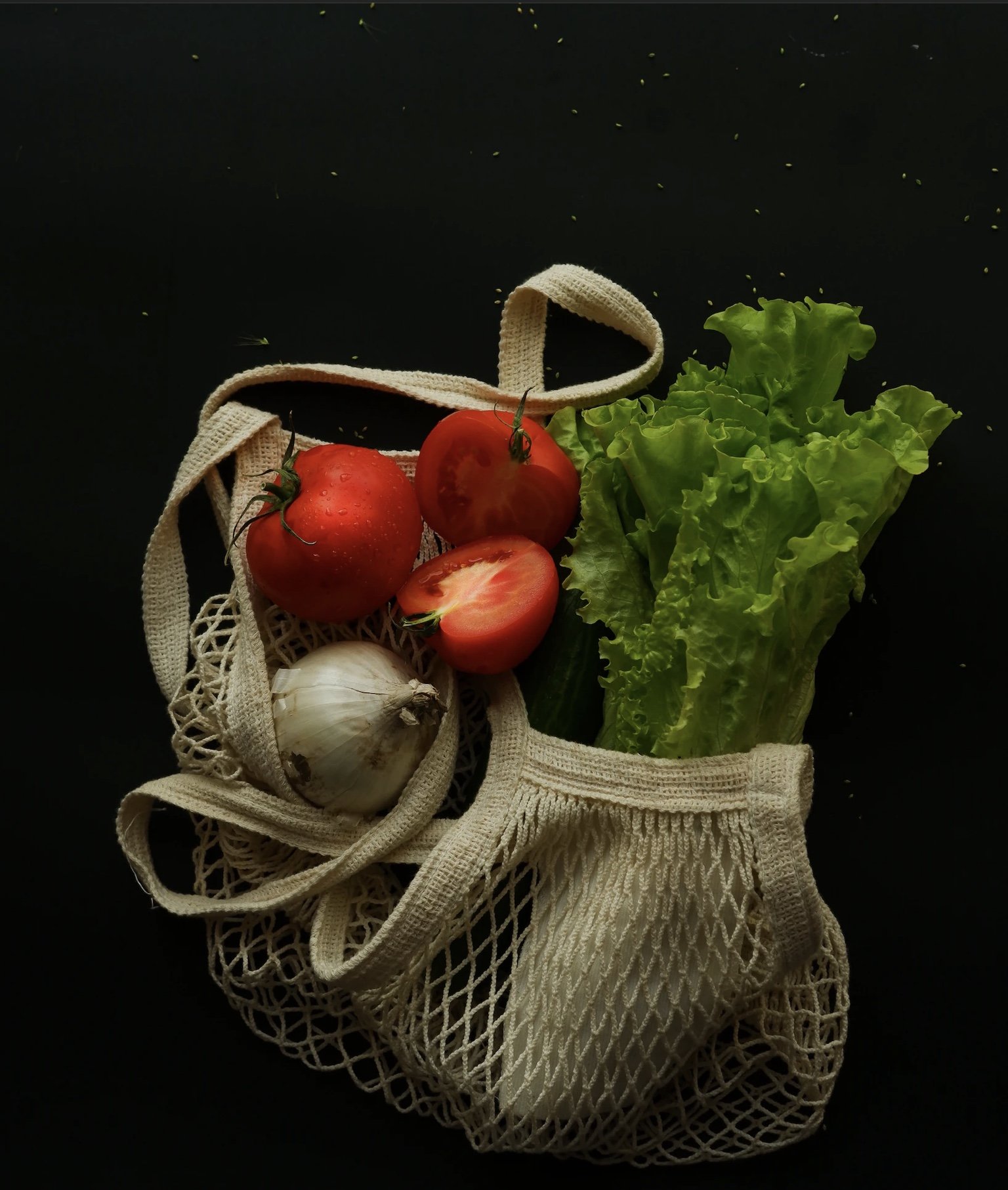Plastic free July is an initiative of the Plastic Free Foundation that allows us to work towards a vision of seeing a world free of plastic.
Have you taken the plastic free challenge?
Here are some tips got help guide you to be plastics free:
Simple everyday swaps can make a big difference!
Instead of using plastic takeaway coffee cups try bringing reusable coffee cups to shops the shops with you.
The impact
- Coffee cups are not recyclable in most locations. Even ‘compostable’ cups are rarely composted as they require very specific facilities and conditions
- Bringing your own cup shows others how easy it is to reduce their waste and encourages them to do the same
Instead of buying plastic-wrapped fruit and vegetables on them choose produce without plastic wrap.
If you need to put your fruit and vegetables in something bring a spare reusable bag with you.
The impact
- Avoiding plastic-wrapped fruit and vegetables reduces the pressure on recycling systems.
- It also reduces unnecessary waste and saves precious resources.
- You can help save plastic bags from entering our oceans and landfill where they break up into tiny micro plastics and remain forever.
- Plastic is also fatal for animals who mistake it for food or become entangled in it.
Instead of using plastic shopping bags bring reusable shopping bags with you.
Keep them handy in your bag or car.
You can choose bags made out of natural fibres like organic cotton, jute, hemp or use recycled plastic bags.
The impact
- Plastic is fatal for animals who mistake it for food or become entangled in it
- Plastic bags break up into tiny micro plastics and remain indefinitely in the environment
- By choosing to refuse plastic bags, you can save around 500 plastic bags per year from entering our oceans and landfill
Instead of using plastic straws, refuse them when you’re in bars/restaurants and bring your own reusable straws.
These can be made out of stainless steel, bamboo, glass or even foldable straws.
The impact
- Single-use straws are used for a few minutes then discarded, where they’ll remain in the environment indefinitely
- They are lightweight and easily blown down drains and into waterways, rivers and oceans
- Straws can become stuck in the airways of animals, or if mistaken for food and ingested can be fatal
- Together, we can get straws out of the top 10 list of items collected in beach cleanups
Instead of using plastic water bottles buy and take a reusable water bottle with you when you are out.
There are various water points to fill your bottle up when you are out.
You can buy water bottles made out of stainless steal glass or safe aluminium.
The impact
- Reduce the pollution produced by plastic water bottles, which end up in landfills and impact millions of animals and habitats
Instead of buying pre-packed plastic breads and baked goods, try to shop at local bakeries and bring your own reusable bags.
The impact
- By reducing the use of single use plastics you help save precious resources.
- You save plastic bags from entering the oceans and landfill where they break up into micro plastics and remain forever.
- Plastic is also fatal for animals who mistake it for food and become entangled in it
Reduce what you buy, avoid plastic-wrapped produce and seek more sustained alternatives.
Reuse plastic items as much as possible or take to second hand store where possible so they don’t end up in landfill.
Recycle correctly and choose to buy recycled products to close the loop.
The impact
- All the oil, water and other resources used to make products is wasted if these products aren’t recycled.
- By reducing, reusing and recycling you can help minimise landfill.
All information taken from Plastic Free July please visit their website for more details on how to be plastic free.
https://www.plasticfreejuly.org/
We hope you enjoyed the plastic free July challenge and keep up the habits of having a plastic free lifestyle.
You’re contributing to a more sustainable future!












